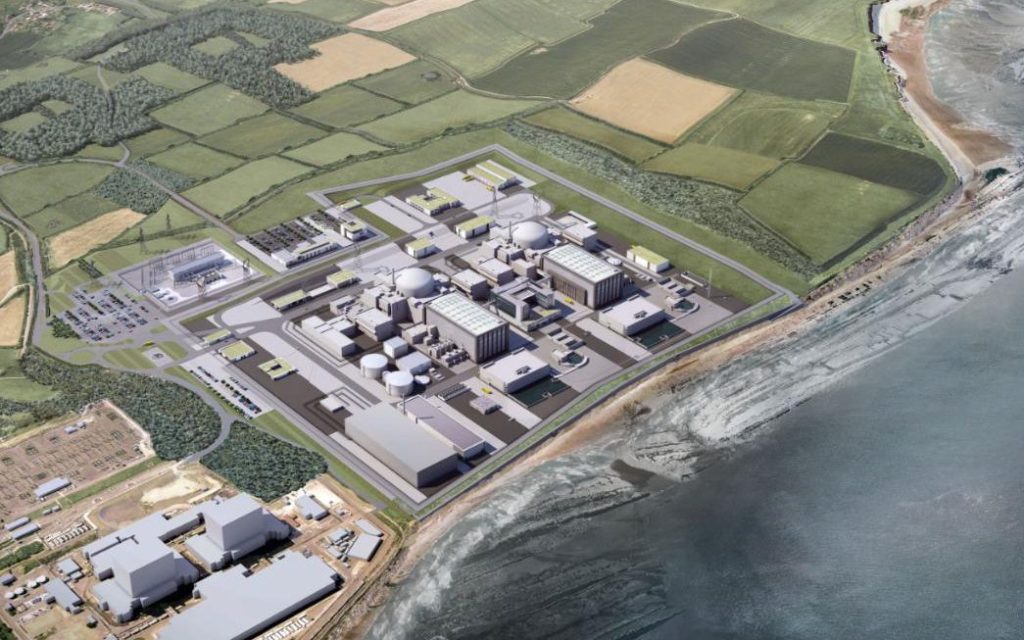UK commits to nuclear new build – a critical decision for the future of nuclear
More than a decade since then Prime Minister Tony Blair launched a review into UK energy policy, a positive decision has been taken to approve the construction of the first new nuclear station in the UK in a generation, Hinkley Point C.
Finally, after more twists and turns than a good British mystery novel, including: EDF’s purchase of British Energy, the nuclear accident at Fukushima in Japan, agreement to an innovative Contract for Difference (CFD) type of contract to support the project, the introduction of a significant role for the Chinese, and most recently the Brexit vote; the UK decision shows that Europe remains a nuclear continent.
The project is not without its opponents; some of whom are supportive of nuclear new build in the UK, but do not support this particular project. Concerns range from the cost of energy to the inclusion of the Chinese. But following extensive review and assessment, the decision has been taken, and its importance goes well beyond just approving a single new nuclear project in Britain.
Following the Fukushima accident in Japan, a number of European countries reconsidered their commitment to nuclear power, the most significant being Germany, who immediately shut down a number of their nuclear units and made a clear plan to retire the remainder. Many said nuclear in Europe, where there are the most nuclear units in the world, is a technology of the past. Renewables are the future. Even the French government, with the world’s largest nuclear fleet in terms of share of electricity generated, said it would cut back on its use.
Through it all, the UK maintained its strong commitment to new nuclear. Its existing fleet is aging and with domestic gas waning and energy imports on the rise, it recognized that new nuclear is the best, and likely only way, to both achieve energy security and meet its carbon reduction goals.
While all the talk has been about delays in securing approvals for its new nuclear ambitions, EDF Energy, the operator of the current UK fleet, has been quietly going about its business and making game-changing improvements in its operations. On September 16, Heysham II was taken off line after 940 days of continuous operations, a new world record beating the record held by Pickering Unit 7 in Canada (894 days) for more than 20 years. [As we all think about light water reactors (PWRs and BWRs) as the global standard, we often forget that these other reactor types, AGR in the case of Heysham and CANDU in the case of Pickering, have their own specific advantages.] In addition, EDF has been able to extend the lives of the AGR fleet by an average of 8 years. This shows the strong capability of EDF Energy as an operating entity and bodes well for the next step; new build.
So why is the approval of Hinkley Point C so important to the nuclear industry? First of all, it is the first new build nuclear project in the UK since Sizewell B came into service in 1995 and, even more importantly, is expected to be the start of a major ongoing new nuclear program. It is the base to rebuild the UK nuclear supply chain, once a world leader, and support the broader European nuclear supply chain. It is the first new unit to be built supported by a CFD type agreement and as stated by Duncan Hawthorne, CEO of Horizon Nuclear, likely the next to build in the UK, it “blazes the trail” for those that follow. The UK is taking an interesting approach to new nuclear going forward as there are multiple companies who are planning to build a multitude of designs (EDF Energy with the EPR, Horizon with the ABWR, NuGen with the AP1000 and CGN with its HPR1000). And finally, after years of cooperation in China, it entrenches EDFs global partnership with CGN and establishes China as a reputable exporter of nuclear power.
But most of all, it is further evidence that Europe remains a nuclear continent. While most articles on nuclear tend to say nuclear is languishing everywhere except for its saving grace – China – Europe is moving forward. Sweden is taking real steps to keep its fleet operating, France and Finland have new build underway albeit while experiencing First of a Kind (FOAK) issues, Finland now has a second new unit going ahead, Hungary is waiting for an imminent decision from Europe on state aid and is ready to start its a new station at Paks, with other countries continuing to plan for new nuclear plants. And now the UK starts a new program – one that will ultimately include a number of vendors and countries.
Of course the real challenge is just beginning – that is for EDF Energy to demonstrate that it can build Hinkley Point C on time and on budget – and as the 5th and 6th EPR units to be built, there is certainly a very good chance that they will.
Nuclear, a technology of the past in Europe – I don’t think so – in Europe nuclear power is a technology of the future.
